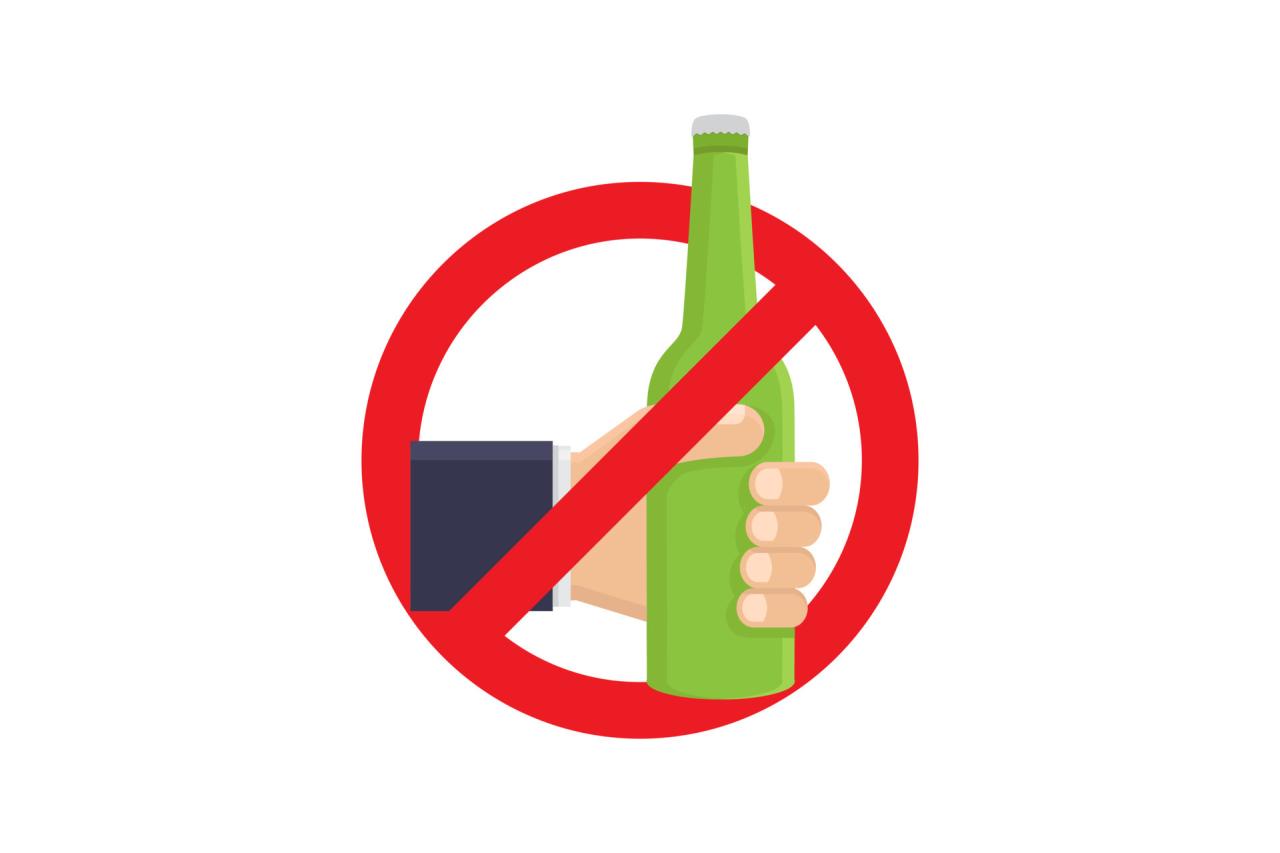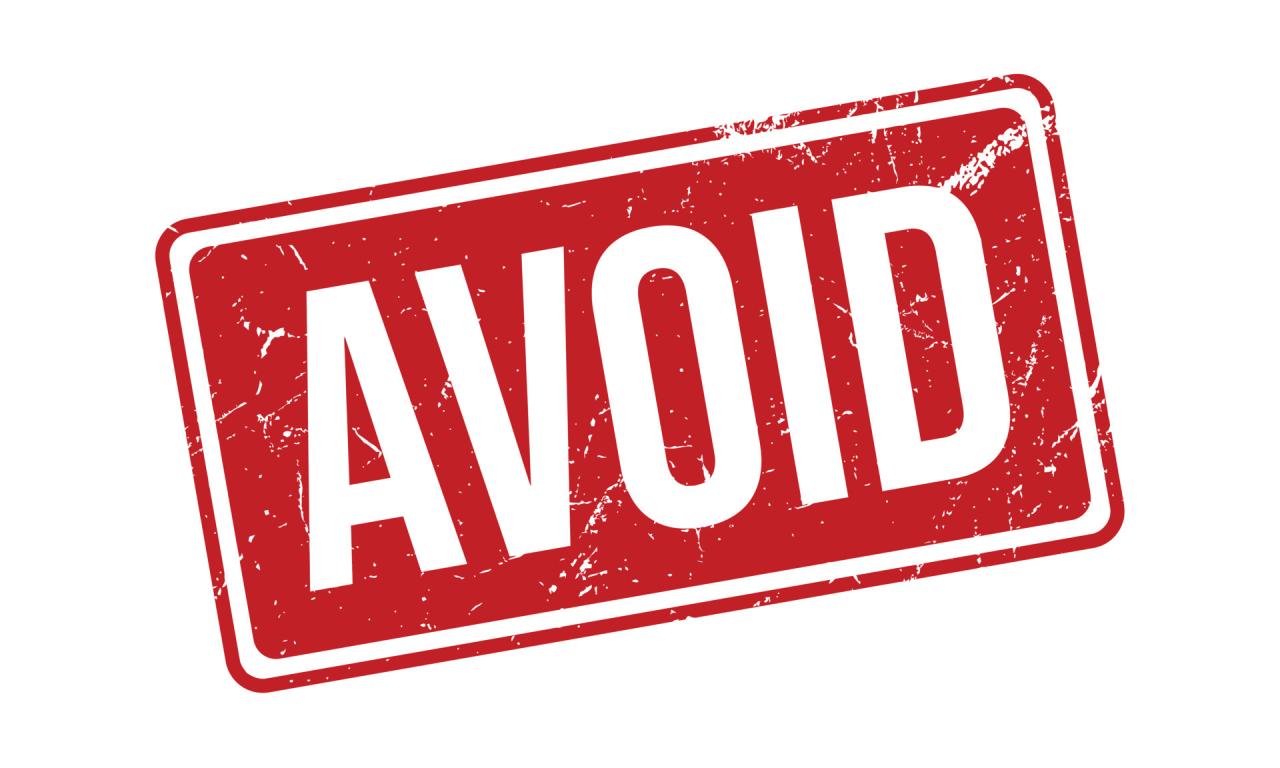Understanding Hernias

A hernia occurs when an organ or tissue protrudes through a weak spot or opening in the surrounding muscle or tissue. This weakness can be congenital, meaning present from birth, or acquired through various factors like injury, strain, or aging. Different types of hernias affect various parts of the body, each presenting with specific symptoms and requiring tailored treatment approaches.
A thorough understanding of hernias, including their causes, symptoms, risk factors, and types, is crucial for early detection and appropriate management. Early intervention often leads to better outcomes and prevents potential complications.
Definition and Types of Hernias
Hernias are categorized based on the location of the protrusion and the affected tissues. Common types include inguinal hernias (occurring in the groin), femoral hernias (occurring in the groin near the thigh), umbilical hernias (occurring near the navel), and hiatal hernias (occurring in the diaphragm, allowing stomach contents to bulge into the chest cavity). Each type has unique characteristics and potential implications.
Symptoms of Hernias
Symptoms associated with hernias vary depending on the type and severity. Common symptoms include a noticeable bulge or swelling, pain or discomfort in the affected area, especially during exertion or straining, and a feeling of heaviness or pressure. In some cases, there may be a burning sensation or tenderness in the area. The intensity of symptoms can range from mild to severe, and some individuals may experience no symptoms at all.
Risk Factors for Hernias
Several factors can increase an individual’s susceptibility to developing a hernia. These include age (older individuals are at higher risk), family history of hernias, chronic coughing or straining (as seen in conditions like asthma or chronic bronchitis), obesity, heavy lifting or strenuous physical activity, and certain medical conditions that increase intra-abdominal pressure. Understanding these risk factors can aid in preventive measures.
Importance of Early Detection and Medical Attention, How to avoid hernia
Prompt diagnosis and treatment are vital for managing hernias effectively. Delayed medical attention may lead to more complex and potentially dangerous complications. Recognizing the symptoms and seeking medical evaluation promptly can significantly improve the chances of a successful outcome and minimize potential long-term health consequences.
Comparison of Hernia Types
| Type of Hernia | Symptoms | Potential Complications |
|---|---|---|
| Inguinal Hernia | Bulge in the groin area, pain or discomfort, especially during lifting or straining, heaviness or pressure, potential testicular pain. | Strangulation (cutting off blood supply to the herniated tissue), incarceration (trapping of the herniated tissue), potential for infertility in men, chronic pain. |
| Femoral Hernia | Bulge in the groin area near the thigh, pain or discomfort, swelling, heaviness, or pressure. | Strangulation, incarceration, potential for bowel obstruction, chronic pain. |
| Umbilical Hernia | Bulge at the navel, especially noticeable when straining, discomfort or pain, most common in infants. | Strangulation, incarceration, rarely associated with other severe complications. |
| Hiatal Hernia | Heartburn, indigestion, chest pain, difficulty swallowing, acid reflux, regurgitation. | Esophageal damage, esophageal stricture, ulceration, bleeding, severe pain. |
Lifestyle Modifications for Prevention

Adopting a proactive lifestyle is crucial in reducing the risk of hernias. This involves making informed choices regarding diet, exercise, weight management, and proper lifting techniques. These modifications significantly contribute to strengthening the abdominal muscles and supporting the weakened tissues prone to herniation.
A balanced approach to these lifestyle factors can greatly reduce the likelihood of developing a hernia, allowing individuals to maintain a healthy and active lifestyle. Consistent practice of these preventive measures is vital in mitigating the risk of hernia development.
Dietary Changes for Hernia Prevention
Maintaining a balanced diet plays a vital role in supporting overall health, including abdominal health. A diet rich in fruits, vegetables, and whole grains provides essential nutrients for maintaining healthy tissue and supporting overall well-being. Fiber-rich foods promote regular bowel movements, preventing straining during bowel movements, a common factor in hernia development.
- Prioritize a diet rich in fruits, vegetables, and whole grains for essential nutrients.
- Ensure adequate hydration by drinking plenty of water throughout the day.
- Limit processed foods, sugary drinks, and excessive consumption of caffeine, as these can negatively impact digestion and overall health.
- Include foods rich in protein for building and repairing tissues, including lean meats, poultry, fish, beans, and lentils.
Exercise Regimens for Core Strength
Strengthening the core muscles is paramount in supporting the abdominal wall and reducing the risk of hernias. A well-structured exercise regimen can significantly contribute to strengthening the abdominal muscles, promoting overall abdominal health, and reducing the risk of strain on the abdominal wall. Regular core-strengthening exercises help build muscle mass, increasing the support provided to the abdominal region.
- Regularly incorporate exercises that target the abdominal muscles, including planks, crunches, and leg raises. These exercises, performed correctly, build core strength, reducing the risk of hernia development.
- Engage in activities that promote core stability, such as yoga and Pilates, which offer comprehensive core-strengthening benefits.
- Incorporate exercises focusing on proper posture and back support to prevent strain on the abdominal muscles.
Maintaining a Healthy Weight and Avoiding Straining
Maintaining a healthy weight is a crucial aspect of hernia prevention. Excess weight puts added pressure on the abdominal wall, increasing the risk of strain and potential hernia development. Similarly, avoiding straining during activities like lifting heavy objects, bowel movements, or coughing is vital. Strategies to avoid straining can be implemented into daily routines to support hernia prevention.
- Maintain a healthy weight through a balanced diet and regular exercise to reduce pressure on the abdominal wall.
- Practice proper lifting techniques to prevent strain on the abdominal muscles.
- Use proper posture and techniques during activities that may cause strain on the abdomen.
- Address any underlying medical conditions that may contribute to straining, such as constipation or chronic coughing.
Proper Lifting and Carrying Techniques
Proper lifting techniques are essential to prevent strain on the abdominal muscles and reduce the risk of hernias. Incorrect lifting methods significantly increase the risk of injury and herniation. Implementing these techniques can substantially reduce the risk of developing a hernia.
- Always lift with your legs, not your back. Bend your knees and keep your back straight to maintain proper posture and support.
- Keep the object close to your body to maintain balance and control.
- Avoid twisting while lifting to minimize strain on the abdominal muscles.
- If an object is too heavy, seek assistance to avoid straining.
Recommended Exercises for Strengthening Abdominal Muscles
This table Artikels some exercises for strengthening abdominal muscles, contributing to hernia prevention.
| Exercise | Description |
|---|---|
| Plank | Hold a straight line from head to heels, engaging core muscles. |
| Crunches | Contract abdominal muscles to lift upper body towards knees. |
| Leg Raises | Raise legs towards ceiling, maintaining core engagement. |
| Bird Dog | Extend one arm and opposite leg simultaneously, maintaining core stability. |
| Side Plank | Hold a side plank position, engaging oblique muscles. |
Medical Treatments and Procedures

Hernia repair typically involves surgical intervention. Different surgical approaches are available, each with its own advantages and potential drawbacks. Choosing the appropriate method depends on several factors, including the type and location of the hernia, the patient’s overall health, and the surgeon’s expertise. Understanding the various surgical options empowers individuals to make informed decisions about their care.
Surgical Procedures for Hernia Repair
Various surgical techniques are employed to repair hernias. Open surgery, once the standard, involves a larger incision, while minimally invasive techniques use smaller incisions. These approaches vary in their complexity and recovery timelines. The choice of procedure is tailored to individual needs and circumstances.
Minimally Invasive Versus Traditional Hernia Repair
Minimally invasive techniques, such as laparoscopic hernia repair, offer several advantages over traditional open surgery. Laparoscopic surgery uses small incisions and specialized instruments inserted through these incisions to repair the hernia. This approach generally results in less pain, smaller scars, and a quicker recovery compared to open surgery. While open surgery is still utilized in specific cases, minimally invasive techniques are becoming increasingly prevalent due to their advantages.
Recovery Process Following Hernia Surgery
Post-operative recovery varies depending on the surgical approach and the individual’s overall health. Patients typically experience some pain and discomfort, which is managed with medication. Following minimally invasive procedures, patients often experience less pain and a faster return to normal activities. Complete recovery, including full strength and mobility, can take several weeks to several months. It is crucial to follow the surgeon’s post-operative instructions diligently for optimal recovery.
Potential Complications of Hernia Surgery
While hernia surgery is generally safe, potential complications can arise. These can include infection, bleeding, and injury to surrounding tissues. These complications are usually rare but can be serious if not promptly addressed. Thorough pre-operative assessment and careful surgical technique can minimize the risk of complications. Patient adherence to post-operative instructions also plays a crucial role.
Summary of Surgical Options and Recovery Timelines
| Surgical Option | Description | Recovery Timeline (Approximate) |
|---|---|---|
| Open Hernia Repair | A larger incision is made to repair the hernia. | 4-6 weeks |
| Laparoscopic Hernia Repair | Small incisions are used, with specialized instruments inserted to repair the hernia. | 2-4 weeks |
| Robotic Hernia Repair | Advanced technology using robotic arms and a smaller incision for the repair. | 2-4 weeks |
How to avoid hernia – Note: Recovery timelines are estimates and can vary based on individual factors. It is essential to discuss recovery expectations with your surgeon.
Identifying and Managing Risk Factors: How To Avoid Hernia

Understanding the factors that increase the likelihood of developing a hernia is crucial for proactive prevention. Identifying and effectively managing these risk factors can significantly reduce the risk of hernia formation. This section delves into the various contributing elements and strategies for mitigating their impact.
Several factors can elevate an individual’s susceptibility to hernias. These range from lifestyle choices to underlying medical conditions. Proactive management of these risk factors can greatly reduce the likelihood of experiencing this condition.
Factors Increasing Hernia Risk
Various factors can contribute to an increased risk of developing a hernia. These include behaviors and conditions that strain or weaken the abdominal wall muscles.
- Increased Intra-abdominal Pressure: Activities or conditions that elevate pressure within the abdomen can strain the abdominal wall. Examples include heavy lifting, chronic coughing (e.g., due to asthma or bronchitis), and straining during bowel movements. Individuals with chronic conditions that cause frequent or forceful coughing or straining are at heightened risk.
- Weakened Abdominal Muscles: Aging, pregnancy, and certain medical conditions can lead to a weakening of the abdominal muscles. This weakening compromises the support structure, increasing the vulnerability to hernias.
- Obesity: Excess body weight puts added pressure on the abdominal muscles, increasing the risk of a hernia. The extra weight stresses the weakened areas, potentially causing hernias.
- Chronic Conditions: Conditions like asthma, bronchitis, and chronic obstructive pulmonary disease (COPD) often necessitate frequent coughing, which, in turn, increases intra-abdominal pressure. This persistent strain elevates the risk of hernias.
- Family History: A family history of hernias indicates a genetic predisposition to weak abdominal wall tissues. Individuals with such a history are more susceptible to developing a hernia.
Managing Risk Factors
Effective management of risk factors is crucial in reducing the likelihood of developing a hernia.
- Maintaining a Healthy Weight: Maintaining a healthy weight reduces the strain on the abdominal muscles, decreasing the risk of hernia development. A balanced diet and regular exercise are key components in achieving and maintaining a healthy weight.
- Proper Lifting Techniques: Utilizing correct lifting techniques is essential to prevent straining the abdominal muscles. Individuals should lift with their legs, keeping the back straight and the object close to the body. Employing appropriate lifting strategies helps mitigate the strain on the abdominal wall, reducing hernia risk.
- Avoiding Prolonged Straining: Prolonged straining during bowel movements or other activities should be avoided. Individuals should take measures to relieve constipation and address underlying causes for straining. Proper dietary habits and hydration can aid in preventing straining.
- Managing Chronic Conditions: Individuals with chronic conditions like asthma or COPD should work closely with their healthcare providers to manage their symptoms effectively. This approach minimizes the frequency and severity of coughing episodes, thus reducing the strain on the abdominal muscles.
- Strengthening Abdominal Muscles: Regular exercise, including core-strengthening exercises, can help reinforce the abdominal muscles, making them more resilient to strain. This reinforcement creates a stronger support structure, mitigating the risk of hernia development.
Addressing Underlying Medical Conditions
Certain underlying medical conditions can contribute to hernia formation. Proper management of these conditions is crucial in mitigating hernia risk.
- Constipation: Regular bowel movements are essential to avoid straining. Constipation, if left unaddressed, can lead to increased straining, increasing intra-abdominal pressure. Dietary adjustments and lifestyle modifications can aid in maintaining regular bowel movements.
- Chronic Coughing: Chronic conditions like asthma and COPD can result in frequent coughing episodes, which can increase intra-abdominal pressure. Effective management of these conditions is crucial to minimize coughing frequency and severity. This approach will reduce strain on the abdominal muscles and, consequently, the risk of hernia formation.
Family History Considerations
A family history of hernias necessitates increased vigilance. Individuals with a family history should actively engage in preventative measures.
- Increased Awareness: Individuals with a family history should be acutely aware of their risk factors and proactively implement preventative measures. This includes maintaining a healthy weight, utilizing proper lifting techniques, and avoiding activities that increase intra-abdominal pressure.
- Regular Checkups: Regular checkups with a healthcare provider are essential for individuals with a family history. Early detection and intervention can be critical in preventing hernia development or addressing any concerns promptly.
Risk Factor Management Strategies
This table Artikels common risk factors and strategies for managing them.
| Risk Factor | Management Strategies |
|---|---|
| Increased Intra-abdominal Pressure | Proper lifting techniques, avoiding straining, managing chronic conditions |
| Weakened Abdominal Muscles | Regular exercise, core strengthening, maintaining a healthy weight |
| Obesity | Balanced diet, regular exercise, weight management programs |
| Chronic Conditions | Effective management with healthcare providers, medication adherence |
| Family History | Increased awareness, proactive preventative measures, regular checkups |
Preventing Recurrence

Preventing a hernia from returning after surgery is crucial for a patient’s long-term well-being. Proper post-operative care and adherence to a doctor’s recommendations significantly reduce the risk of recurrence. Understanding the necessary precautions and lifestyle adjustments is vital for successful recovery and avoiding future complications.
Post-Operative Care for Hernia Repair
Following surgical procedures, meticulous post-operative care is essential for healing and preventing complications. This includes regular check-ups, pain management, and adherence to dietary and activity restrictions. A prompt and thorough recovery process significantly minimizes the risk of hernia recurrence.
Importance of Adhering to Doctor’s Recommendations
Adherence to a physician’s recommendations is paramount for successful recovery and reducing the risk of hernia recurrence. This encompasses following prescribed medication schedules, attending follow-up appointments, and diligently complying with any dietary or activity restrictions.
Activities to Avoid After Hernia Surgery
Certain activities can strain the surgical site and potentially lead to hernia recurrence. It’s critical to avoid strenuous physical activities, heavy lifting, and excessive abdominal pressure during the recovery period.
- Lifting objects heavier than 10 pounds should be avoided for at least 6-8 weeks post-surgery. This guideline aims to minimize stress on the repaired tissues.
- Avoid straining during bowel movements, as this can increase intra-abdominal pressure.
- Refrain from activities that cause significant abdominal pressure, such as prolonged bending, heavy lifting, and vigorous exercise.
- Avoid heavy lifting or strenuous activity for 4-6 weeks post-surgery to allow the tissues to heal properly.
Suitable Exercises for Hernia Patients After Recovery
Post-operative exercises should be carefully selected to promote healing and avoid stressing the surgical site. Gradual and controlled exercises are crucial for restoring strength and flexibility without compromising the repair.
- Light walking, stationary cycling, and gentle swimming are suitable exercises during the initial recovery phase.
- Gradually increasing the intensity and duration of these activities, under medical supervision, is recommended.
- Consult with a physical therapist or your surgeon for a tailored exercise program.
- Core strengthening exercises should be introduced gradually, starting with simple exercises like pelvic tilts and abdominal contractions. Progressive exercises will help restore strength and stability.
Comprehensive List for Preventing Recurrence (Timeline)
This comprehensive list Artikels preventive measures and their recommended timeline. Adherence to these guidelines, alongside proper post-operative care, helps minimize the risk of hernia recurrence.
| Week | Activity | Description |
|---|---|---|
| 1-4 | Rest and light activity | Focus on gentle movement and avoid strenuous activities. Follow your doctor’s instructions regarding lifting and exertion. |
| 4-8 | Gradually increase activity | Increase activity gradually, focusing on low-impact exercises like walking and swimming. Continue to monitor for any discomfort or pain. |
| 8-12 | Return to normal activity | If cleared by your doctor, gradually return to normal activities. Be mindful of lifting restrictions. |
| 12+ | Maintain healthy lifestyle | Sustain a healthy lifestyle including proper nutrition, regular exercise, and avoidance of behaviors that increase abdominal pressure. Regular check-ups with your doctor are essential for monitoring progress and addressing any concerns. |
Seeking Professional Medical Advice

Taking proactive steps to manage potential hernia issues is crucial. Early diagnosis and appropriate treatment are essential for preventing complications and ensuring optimal recovery. Seeking professional medical advice is a vital component of this proactive approach.
Consulting a medical professional allows for a thorough assessment, accurate diagnosis, and personalized treatment plan tailored to individual needs. This personalized approach is crucial, as hernias can vary in severity and location, impacting treatment choices.
Importance of Professional Consultation
Early intervention is key to managing hernias effectively. A healthcare professional can accurately diagnose the type and severity of a hernia, distinguishing it from other abdominal conditions. This accurate diagnosis is essential for developing a tailored treatment plan and preventing potential complications.
Questions to Ask a Doctor
Thorough questioning is essential for obtaining the necessary information about a hernia. A clear understanding of the condition and potential treatment options empowers patients to make informed decisions. The following list provides a framework for discussing hernia-related concerns with a medical professional:
- What type of hernia do I have?
- What are the potential complications associated with my type of hernia?
- What are the available treatment options for my hernia?
- What are the risks and benefits of each treatment option?
- What is the expected recovery time for my condition?
- What lifestyle modifications should I consider to prevent recurrence?
- Are there any specific exercises or activities I should avoid?
- What is the long-term prognosis for my hernia?
Role of a Specialist
A specialist, such as a surgeon specializing in hernia repair, plays a critical role in diagnosing and treating hernias. Their expertise in surgical techniques ensures precise and effective repair, minimizing the risk of complications. Their understanding of different hernia types allows for a more targeted and successful intervention.
Scheduling an Appointment
Scheduling an appointment for hernia evaluation involves several steps. This process ensures a smooth and efficient consultation. Firstly, contact the doctor’s office to schedule a consultation. Provide relevant medical history information, including previous diagnoses and surgeries. Be prepared to discuss symptoms and concerns in detail.
Potential Questions for a Doctor
This table Artikels potential questions to ask a doctor about hernia concerns. The questions are organized for clarity and facilitate a thorough discussion:
| Category | Question Examples |
|---|---|
| Diagnosis | What diagnostic tests are necessary? How do these tests help determine the nature of my hernia? |
| Treatment Options | What are the minimally invasive treatment options? What are the surgical approaches available? What are the risks associated with each? |
| Recovery | What is the expected recovery period? What are the post-operative care instructions? |
| Lifestyle | What lifestyle changes can I make to prevent recurrence? Are there specific exercises I should avoid? |
Illustrative Cases and Examples

Understanding the various types of hernias, their progression, and how lifestyle and surgical interventions impact them is crucial for comprehensive knowledge. Real-world examples illuminate the spectrum of experiences and highlight the importance of preventative measures and timely medical attention.
Different Hernia Types and Presentations
Various hernias present with distinct symptoms and anatomical locations. Inguinal hernias, commonly occurring in the groin area, often manifest with a bulge or pain, potentially worsening with exertion. Hiatal hernias, situated in the diaphragm, might lead to heartburn, indigestion, or regurgitation. Umbilical hernias, located near the navel, frequently present as a noticeable protrusion, especially in infants and children. Femoral hernias, situated in the upper thigh, can cause pain and a sense of heaviness in the affected region. Each type of hernia exhibits a unique set of characteristics that should be noted and evaluated by medical professionals.
Progression of a Hernia in a Real-World Scenario
A 45-year-old male, Mr. Smith, presented with intermittent discomfort in his groin. Initially, the pain was mild and only noticeable after prolonged standing or strenuous activity. Over several months, the discomfort increased, accompanied by a palpable bulge in the groin area. The bulge became more prominent during physical exertion and was associated with a dull ache. This progressive deterioration in symptoms is characteristic of hernia development and warrants prompt medical attention.
Lifestyle Modifications Affecting Hernia Development
Maintaining a healthy weight, through balanced nutrition and regular exercise, can mitigate hernia development. Obesity places added stress on abdominal muscles, increasing the risk of hernias. A diet rich in fiber and low in processed foods contributes to overall health, reducing potential hernia risk. Quitting smoking is also beneficial, as smoking weakens connective tissues. These lifestyle modifications play a significant role in managing the risk factors for hernias.
Surgical Intervention for Hernia Resolution
Surgical repair is a common and often effective treatment for hernias. Open hernia repair involves a larger incision to directly access and repair the weakened area. Laparoscopic hernia repair, using smaller incisions and specialized instruments, offers less invasive surgical options. The choice of surgical approach often depends on the hernia type, size, and patient factors. Both procedures aim to reinforce the weakened area to prevent further protrusion.
Detailed Case Study Example: Mr. Smith’s Hernia Journey
| Stage | Symptoms | Treatment | Outcome |
|---|---|---|---|
| Initial | Intermittent groin discomfort, noticeable only after prolonged standing or strenuous activity. | Observation and lifestyle modifications (increased fiber intake, weight loss). | Symptoms subsided temporarily. |
| Progression | Increased discomfort, palpable bulge in the groin, dull ache, worsening with activity. | Referral to a surgeon, recommendation for hernia repair (open technique). | Surgery successfully repaired the hernia. |
| Post-operative | Mild pain, swelling, gradual recovery. | Follow-up appointments, physical therapy (as needed). | Complete recovery, resolution of hernia symptoms. |
Mr. Smith’s case demonstrates the typical progression of a hernia, highlighting the importance of early diagnosis and appropriate medical intervention. Surgical repair effectively addressed the issue, enabling him to resume normal activities.
Helpful Answers
What are some common lifestyle factors that contribute to hernia risk?
Obesity, chronic constipation, heavy lifting, and strenuous activities can increase the risk of developing a hernia. Maintaining a healthy weight, adopting regular exercise, and using proper lifting techniques can mitigate these risks.
Can hernia symptoms be mistaken for other conditions?
Yes, some hernia symptoms, such as abdominal pain, can be confused with other conditions. Seeking prompt medical attention is crucial for accurate diagnosis and appropriate treatment.
What types of exercises are recommended for strengthening core muscles?
Specific exercises targeting the abdominal muscles, like planks, crunches, and leg raises, can be beneficial. Consulting a physical therapist or doctor is recommended to create a safe and effective exercise plan.
How long does the recovery process typically take after hernia surgery?
Recovery times vary depending on the type of surgery and individual factors. It’s crucial to follow post-operative instructions diligently and allow sufficient time for healing.